We often wonder if babies can communicate with us or how they process what is said to them.
We ask ourselves questions like: Why do I need to keep talking to my baby, do they really understand what I am saying? Can he/she respond to me? I am really glad to answer these questions and more.
First of all, Communication in babies is simply the ways in which infants convey their needs, emotions and desires to their parents or caregivers and interact with the world around them. Parents or Caregivers play a crucial role in interpreting and responding to the different communication cues from infants. By paying close attention and responding appropriately, Parents/caregivers can establish a strong bond with their babies and meet their needs effectively, fostering healthy social and emotional development.
Now to the question, do babies Communicate? Yes! babies communicate with us all the time through the sounds they make, facial expressions and body gestures. Communicating with babies helps them build their vocabulary because the words they hear are stored up somewhere in their brains for use when they are ready. So, whatever you say to your baby, they are processing it and storing it up. When they are ready to speak, those words then come out of their mouths.
Research has shown that communication in babies is a fascinating and important aspect of their development. While babies may not be able to speak or understand in the same way adults do, they engage in various forms of communication from an early age. Let us take a look at some of the Cues babies give when trying to communicate.
Crying is the primary mode of communication in babies. It can indicate hunger, discomfort, tiredness or the need for a diaper change. Interestingly, there are different types of cries that indicate different needs, parents tend to differentiate these cries over time.
Babbling is a very common form of communication for 4 -6 month old babies. They usually produce repetitive syllables like ‘’ba-ba’’, ‘’da-da’’, ‘’ma-ma’’ or ‘’ga-ga’’. Babbling is a very vital precursor to speech development as it helps babies practice the sounds and rhythms of language.
Eye contact and facial expression are interesting ways babies communicate. Sounds funny right? They engage in eye contact and respond to facial expressions from a very young age. Babies often mimic their parent/caregiver’s expressions and use eye contact to establish a connection and communicate their needs and emotions.
Smiling is one cue I like so much. Babies typically begin to smile socially, meaning they smile in response to interaction with others, around 6-8 weeks of age. Smiling is an important way for babies to communicate their happiness and connect with their caregivers.
It is important for parents/caregivers to be patient, attentive and responsive to a baby’s communication attempts. By actively engaging and providing a nurturing environment, caregivers support the baby’s communication development, laying the foundation for language acquisition and social interaction.
“Babies cannot and do not manipulate. They communicate. Listen!”









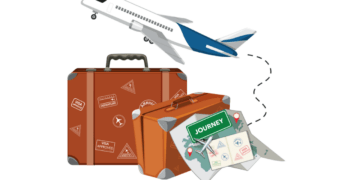


















































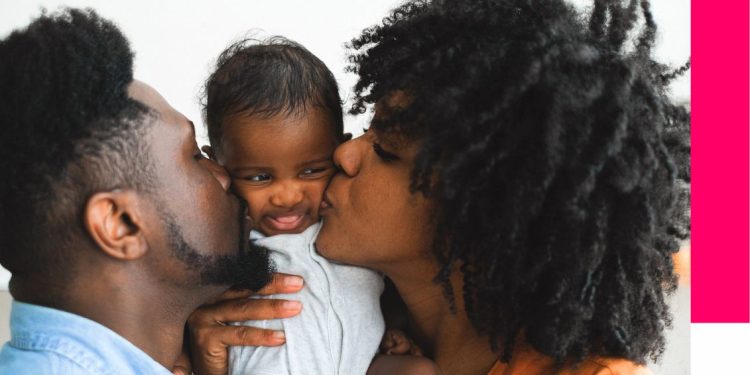





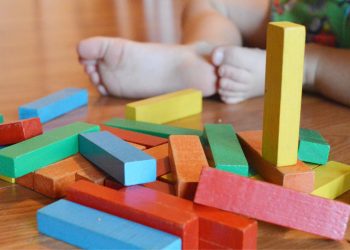
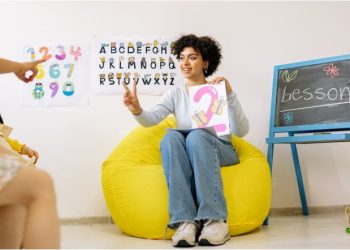
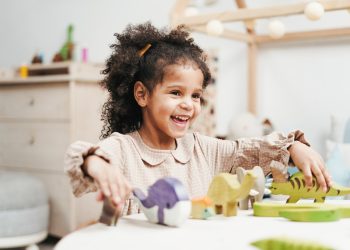










 EduTimes Africa, a product of Education Times Africa, is a magazine publication that aims to lend its support to close the yawning gap in Africa's educational development.
EduTimes Africa, a product of Education Times Africa, is a magazine publication that aims to lend its support to close the yawning gap in Africa's educational development.

